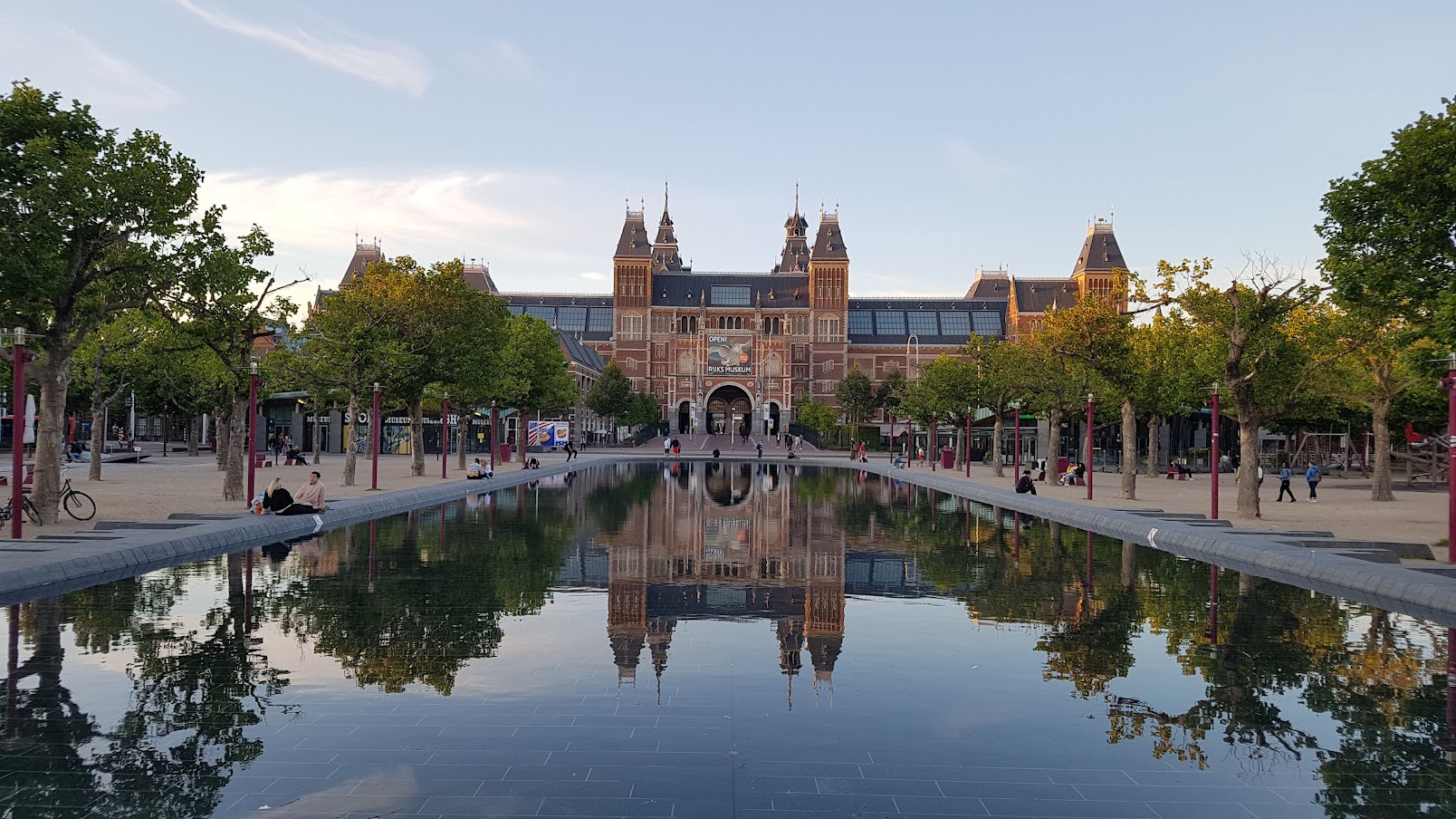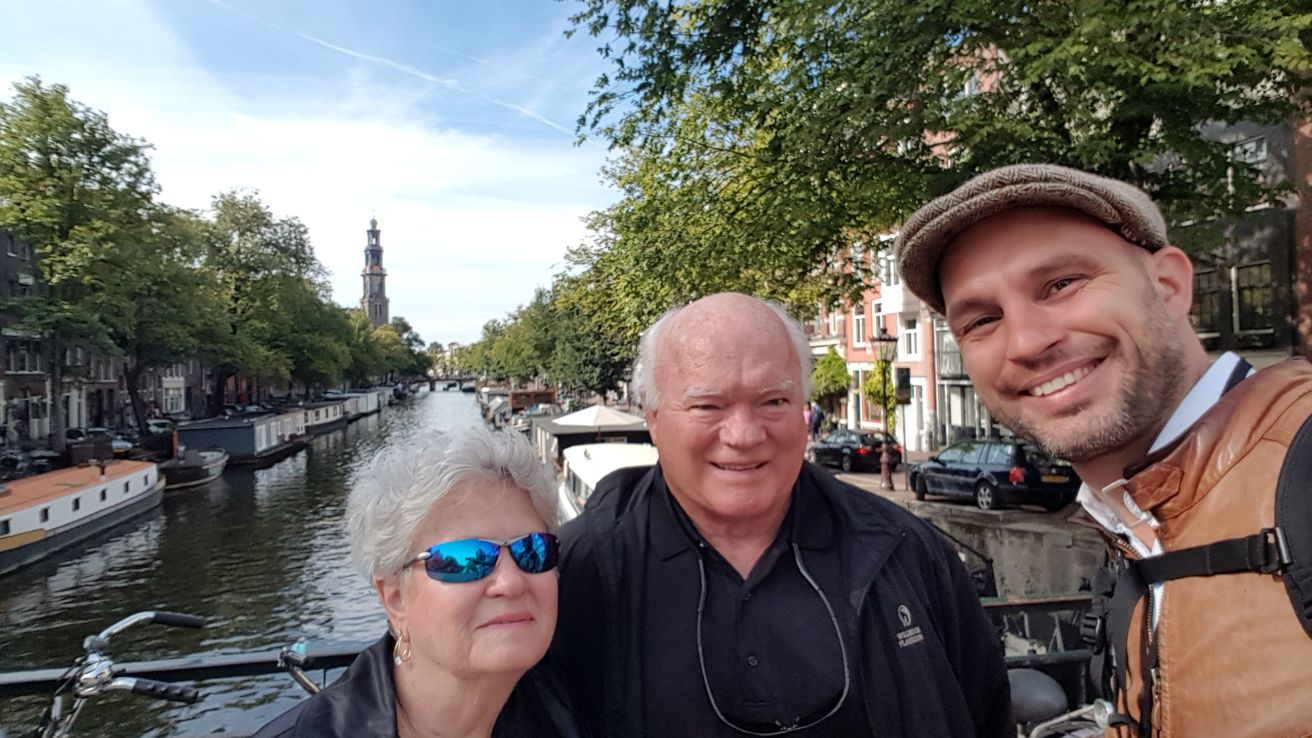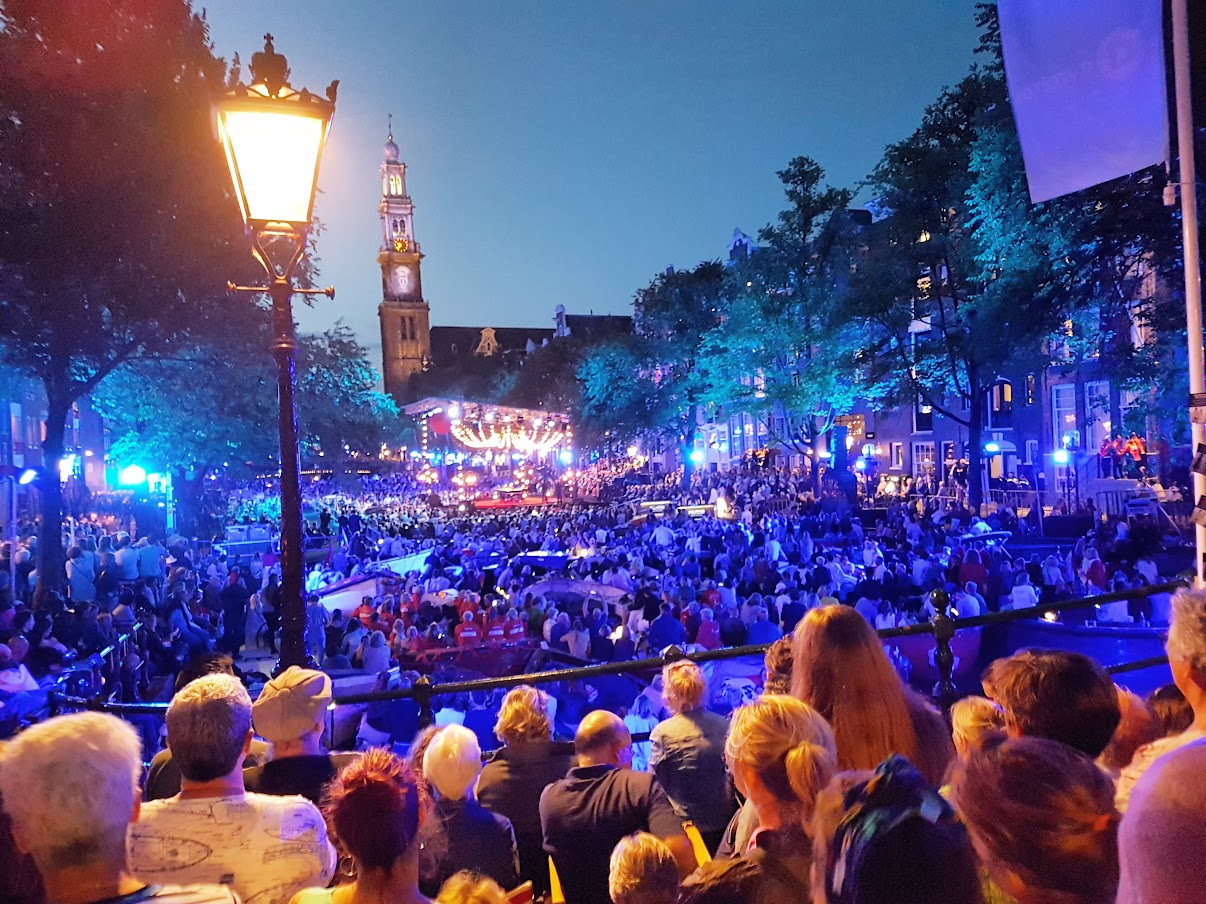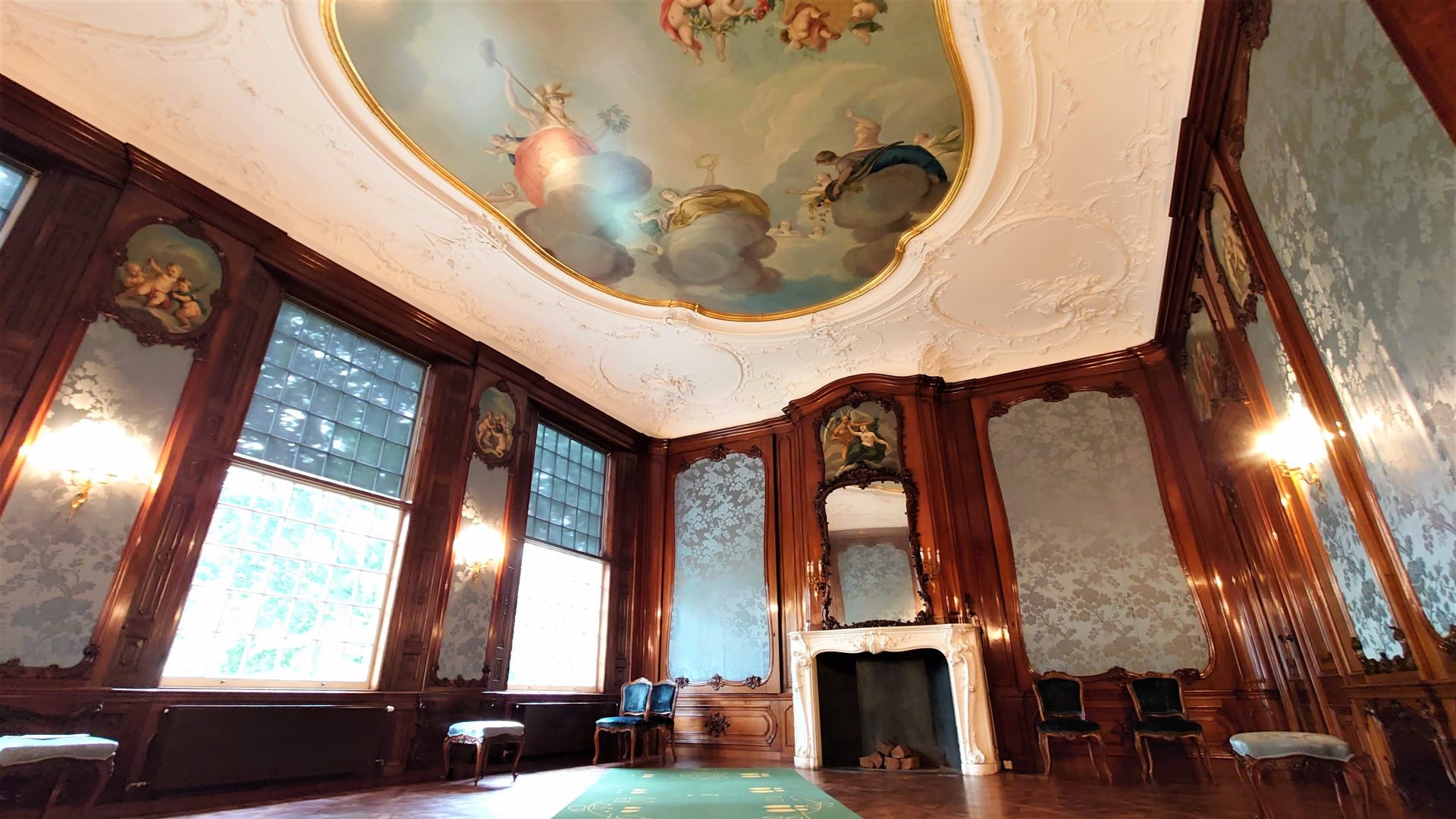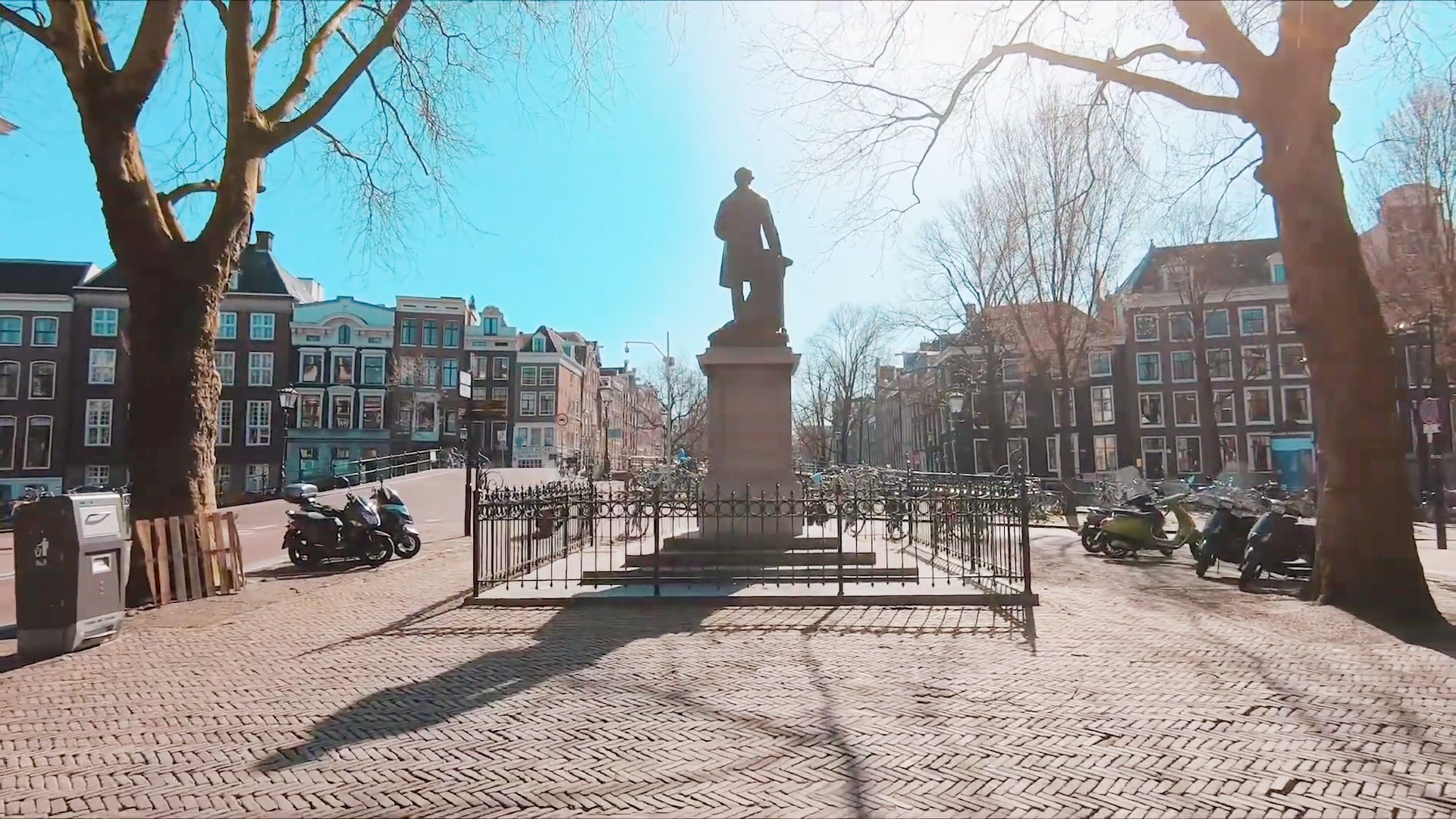The beginning of
tourism in Amsterdam
Every year, on one weekend in mid-March around midnight, large groups of people march through the oldest streets of Amsterdam. The shops on the Kalverstraat and Nieuwedijk have closed long ago. It’s also not the bars on the Warmoesstraat or the theatres they’re after. The quiet men and women are gathered from all over the country, to walk in a Catholic procession. This annual tradition finds its origins in the year 1345.
The miracle
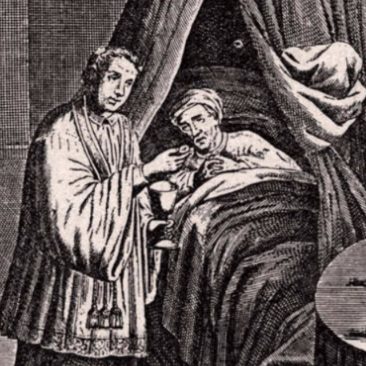
Rewind back to March 1345: Halfway along the Kalverstraat an old man lies on his deathbed. According to the Catholic tradition he is given the last sacrament, a host, to prepare for his voyage to god. The man dies and the host is thrown into the fire.
Like a miracle, the host hovers above the fire. A woman picks up the undamaged portion of holy bread, without getting her hands burned, and puts it in a case. They call the pastor who brings the host to the Old Church.
The next morning the host mysteriously is back in the case in the house of the deceased man. This relocation of the host repeats several times.
Amsterdam as pilgrimage
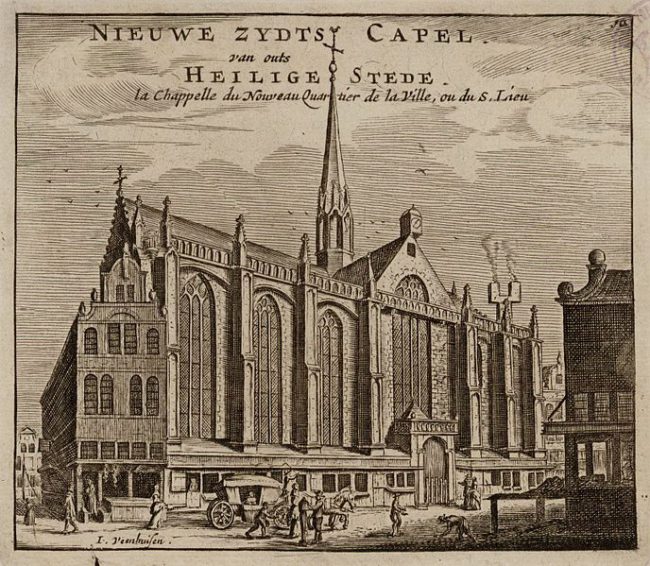
As soon as the pope acknowledged the miracle Amsterdam became an official pilgrim place. Local business thrived with the arrival of many new inns and watering holes and with the sale of holy souvenirs.
You can even ask whether the Amsterdam entrepreneurs could be the driving force behind the so called miracle, but that’s another discussion. In a way March the 15th 1345 can be seen as the beginning of Amsterdam as a tourist destination.
Monasteries
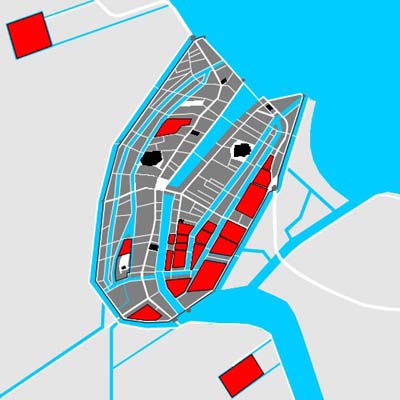
In the 200 years that followed no less than twenty one monasteries were built; nineteen inside and two just outside of the city walls. 21 monasteries out of a population of about 10.000 by the year 1500. So more than 1 monastery for every 500 residents!
These were more or less self supporting communities aligned to the several cloister orders. Most monasteries were built on the swampy east and south east side of the city. The monks were among the few literate people. They knew how to build heavy stone structures on this difficult terrain.
Being self sufficient, these cloister orders were exempted from paying city tax but enjoyed the protection of the city walls. Several harbour facilities outside of the walls were not exempted. This would later become a major problem.
Most of these monasteries were in fact nunneries, as most men made a living at sea and didn’t always return. For this reason medieval Amsterdam was in fact quite a female oriented society.
Old side, new side
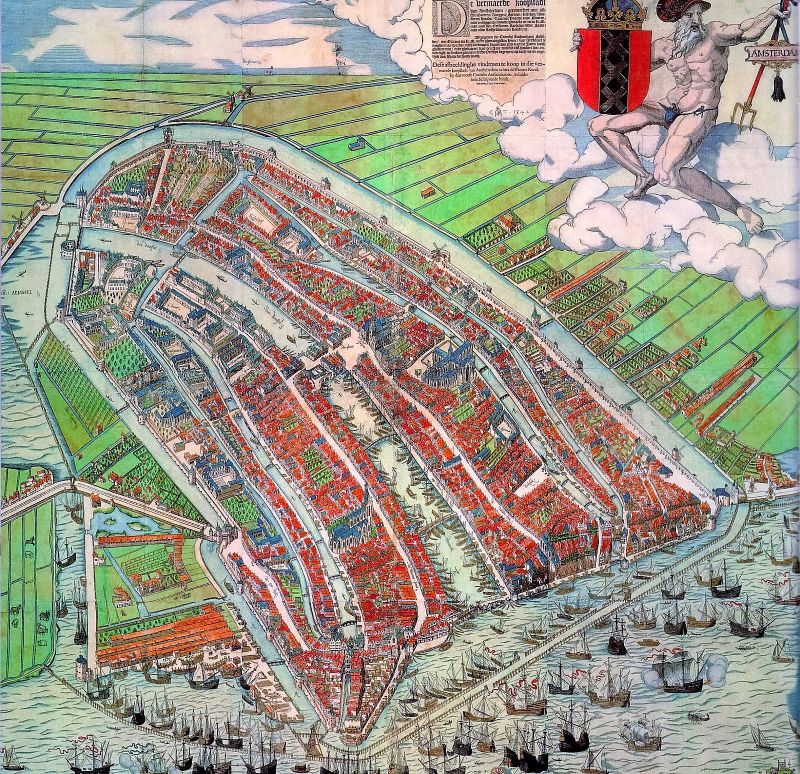
The Sint Nicolaas church – 1306 – soon was too small for the growing parish. A new church was built across the river, splitting up the parish in an old side – Oudezijds – and a new side – Nieuwezijds. The newly built Saint Catharine church – 1409 – was soon renamed Nieuwe Kerk and therefore the Sint Nicolaaskerk became the Oude Kerk.
This explains the names of the streets and canals in the medieval city:
East of the river on the Old Church parish side:
Oude zijds Voor burg wal – Old side front city wall
Oude zijds Achter burg wal – Old side back city wall
West of the river on the New Church parish side:
Nieuwe zijds Voor burg wal – New side front city wall
Nieuwe zijds Achter burg wal – New side back city wall (now Spuistraat).
Silent procession
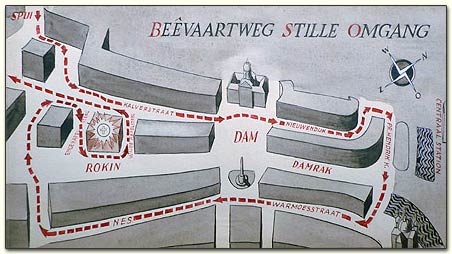
The annual procession to commemorate the Miracle took place every year in the second weekend of March. The route on both banks of the Amstel intended to reunite the two parishes. When the city became Protestant the actual holy Last Sacrament was lost and the tradition died out.
Only a hundred years ago the procession tradition was revived. This time the Catholic procession – in Protestant Amsterdam – had to be as modest as possible. No banners, no singing or preaching was allowed. For the same reason the procession takes place in the middle of the night. Every year thousands of Catholic from all over the country travel to Amsterdam for this holy ritual.

